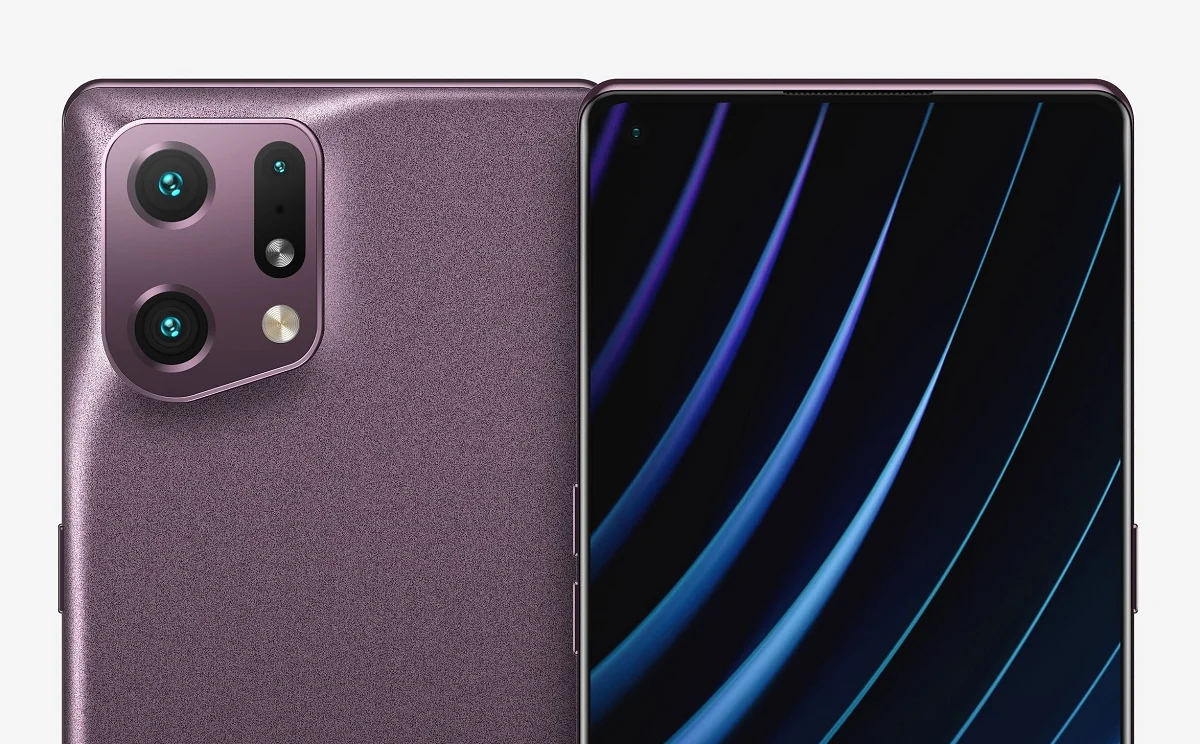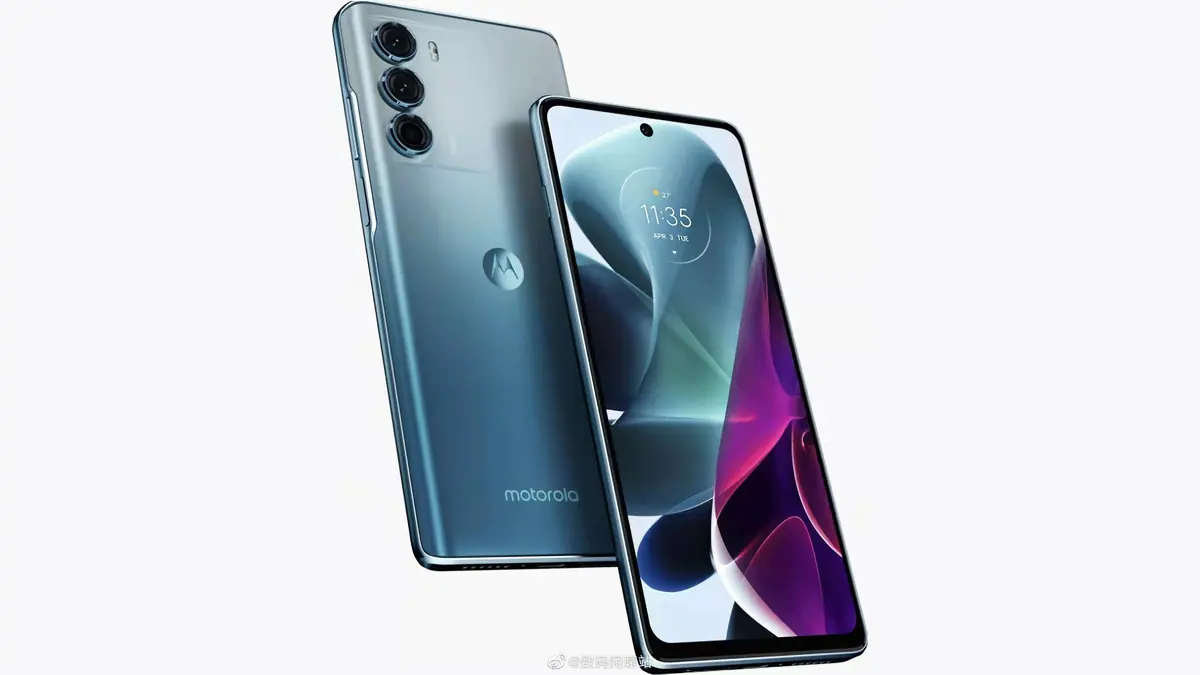Whether you’re a frequent traveler, an outdoor enthusiast, or preparing for power outages, it’s important to understand the key differences between these two devices. Techno 24 will help you make the right choice.
What is a portable charging station?
A portable charging station is a powerful and lightweight device that stores large amounts of energy and can be used to charge or power a variety of devices such as smartphones, laptops, travel items and even small home appliances.
These stations are characterized by reliability and power, making them ideal for going out into nature or providing backup power at home in case of emergency.
How does it work?
Portable charging stations store electrical energy in a built-in battery that can be charged from an outlet, car charger, or solar panels.
Once charged, the energy is used to power devices through a variety of outlets including AC, DC, USB or vehicle ports.
The difference between a portable power bank is that a portable charging station has larger dimensions, more power and capacity, as well as additional functions and different systems depending on the manufacturer and brand. Yes, some charging stations have places that offer a wireless charging platform, additional connectors, and the ability to broadcast a Wi-Fi signal for the SIM card.
Advantages:
- Versatility: Powers a wide variety of devices, from phones to laptops, from traditional refrigerators to microwave ovens.
- Portability: Despite their power, these stations are compact and some even have wheels for easy transport.
- environmentally friendly: When combined with solar panels, they create an ecological alternative to traditional energy sources.
Cons:
- Cost: Large capacity models can be expensive.
- Charging time: A portable power station can take several hours to fully charge.
- Dimensions: A portable charging station is not a device that can easily fit into your bag. Most likely, you will need a separate place in the apartment for storage, and you will be able to take it with you only by transporting it in the car.
What is a power bank?
A power bank is a compact, portable device designed to charge small electronic devices such as smartphones, tablets and laptops, headphones and other small devices.
Powerbanks come in a variety of sizes and capacities and are usually small enough to fit in your pocket; This makes them ideal for daily use or travel.
They can be easily taken with you, charged relatively quickly, and used as an emergency power source if your smartphone suddenly runs out of battery while you’re on the go.
How does it work?
Everything here is similar to the way it is implemented in a charging station. Power banks store energy in an internal battery that can be charged with an extension cable or via a USB connection to a computer. Once charged, the stored energy is used to power devices via USB ports.
Advantages:
- High portability: Small, light and easy to carry.
- Ease: Ideal for charging your gadgets while traveling or on long journeys.
- Multiple charging ports: Many models can charge multiple devices simultaneously.
Cons:
- limited capacity: Power banks are great for fast charging but cannot fully charge multiple devices.
- Device compatibility: Not all power banks are compatible with all devices, so you may need to check compatibility before purchasing. For example, not every power bank can charge a laptop or power a router.
Portable charging station and power bank: Key differences
1. Capacity and output power
- portable charging station: More power; Suitable for powering large appliances such as mini refrigerators, power tools and travel supplies.
- power bank: Designed for smaller devices such as smartphones and tablets with more limited power output.
2. Portability
- portable charging station: Although larger and heavier, it is still designed to be carried; Some even have wheels for mobility.
- power bank: Extremely compact and lightweight, ideal for quick use on the go.
3. Charging method
- portable charging station: Can be charged in a variety of ways, including wall outlet, car charger and solar panels.
- power bank: Usually charged from the power supply unit of any smartphone or laptop via USB connection.
4. Cost
- portable charging station: Higher initial cost, but worth the investment for those who need to power multiple or multiple devices over a long period of time.
- power bank: More affordable and widely available for those who only need portable power for small devices.
Conclusion: What to choose?
Choose between a portable charging station and the power bank depends on your specific needs. The best option if you don’t have electricity for a long time and need to power large devices portable charging station. Its greater power and versatility make it ideal for camping or power outages.
On the other hand, if you’re looking for a more portable solution to charge your smartphone or tablet on the go, power bank It is a useful and affordable choice.













